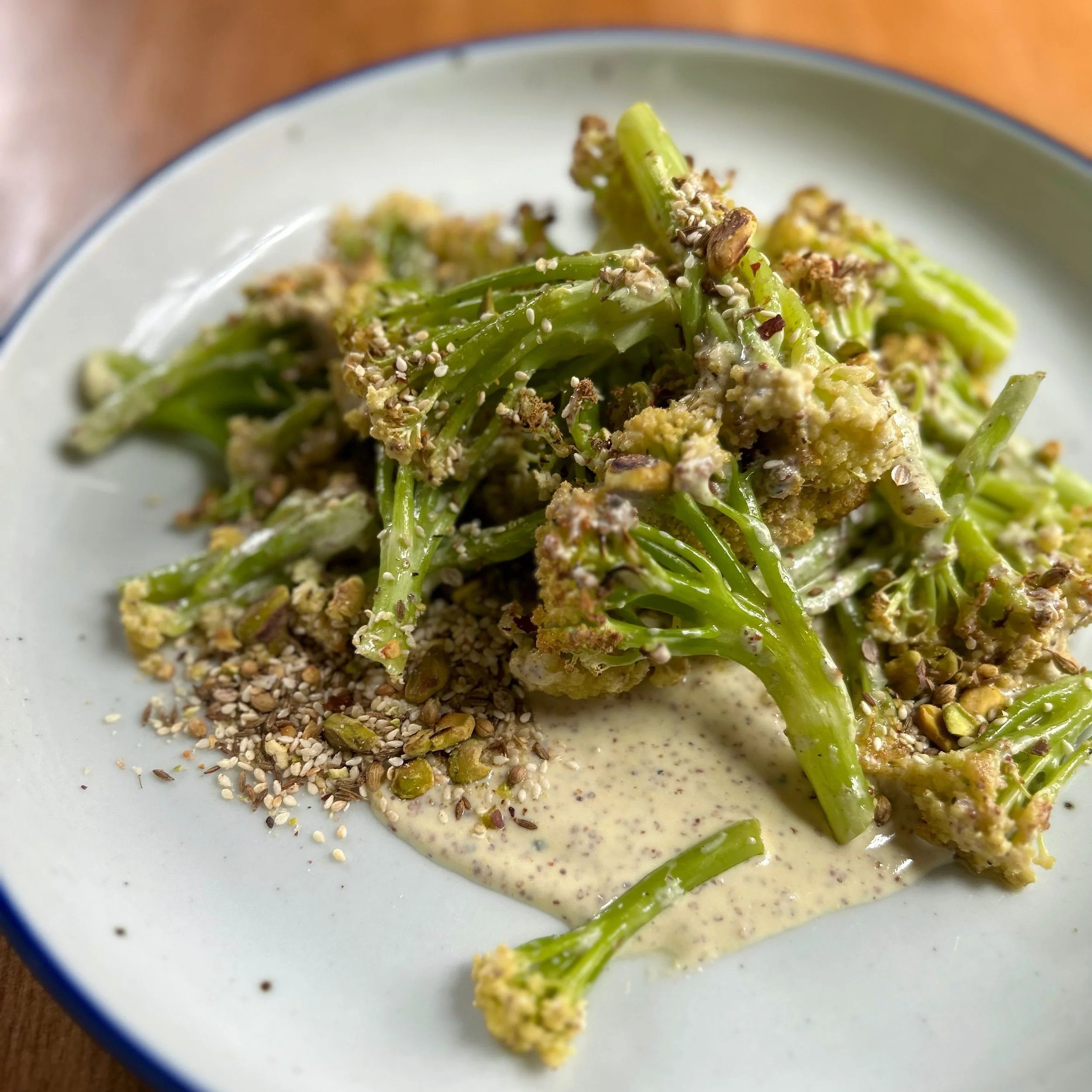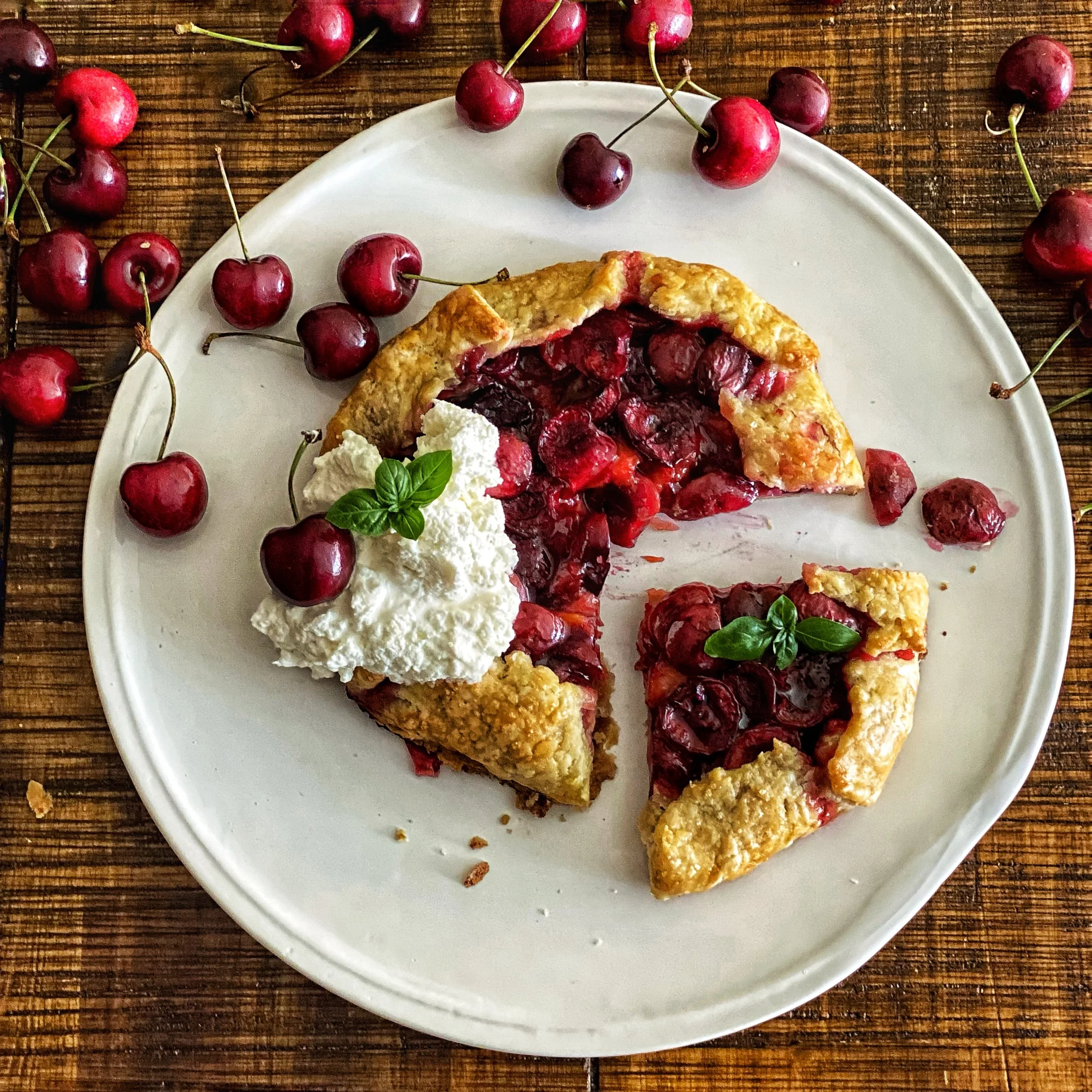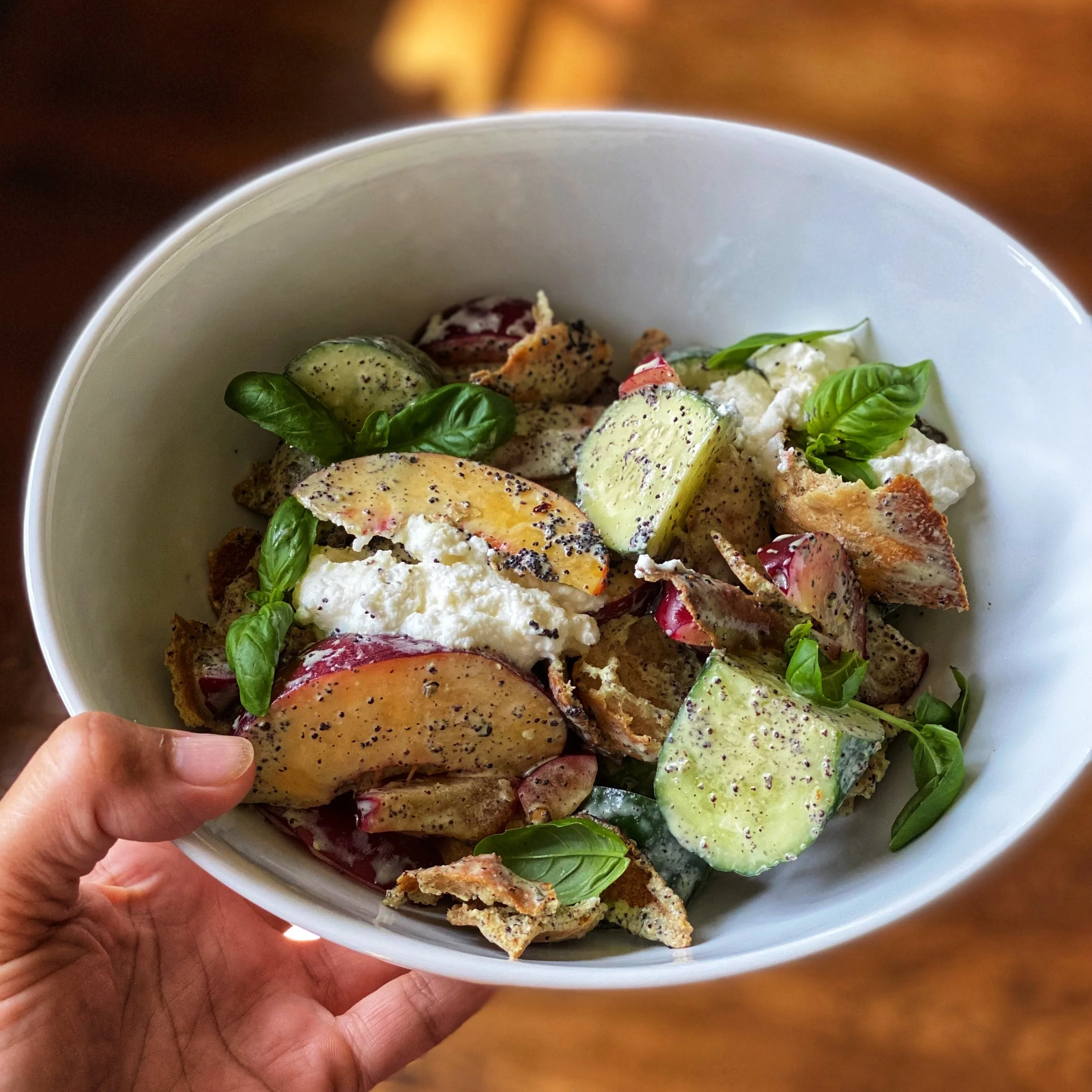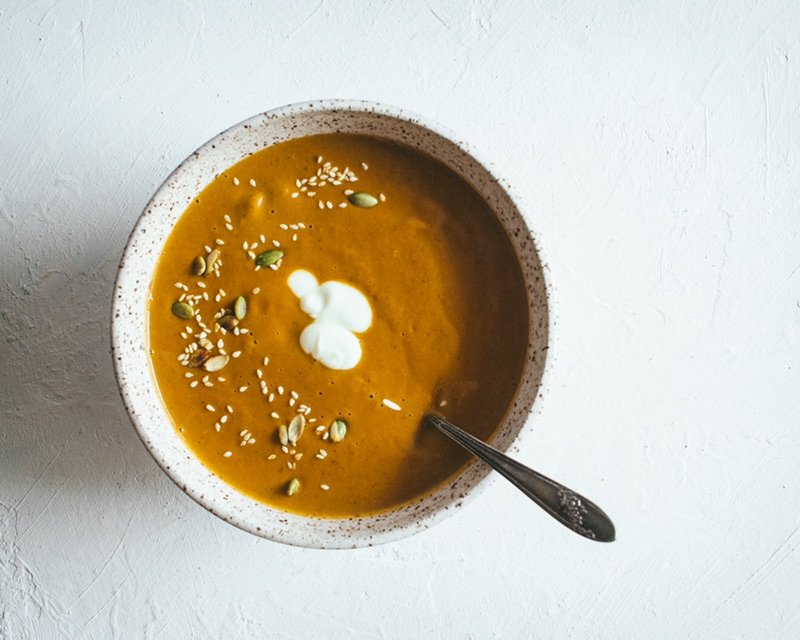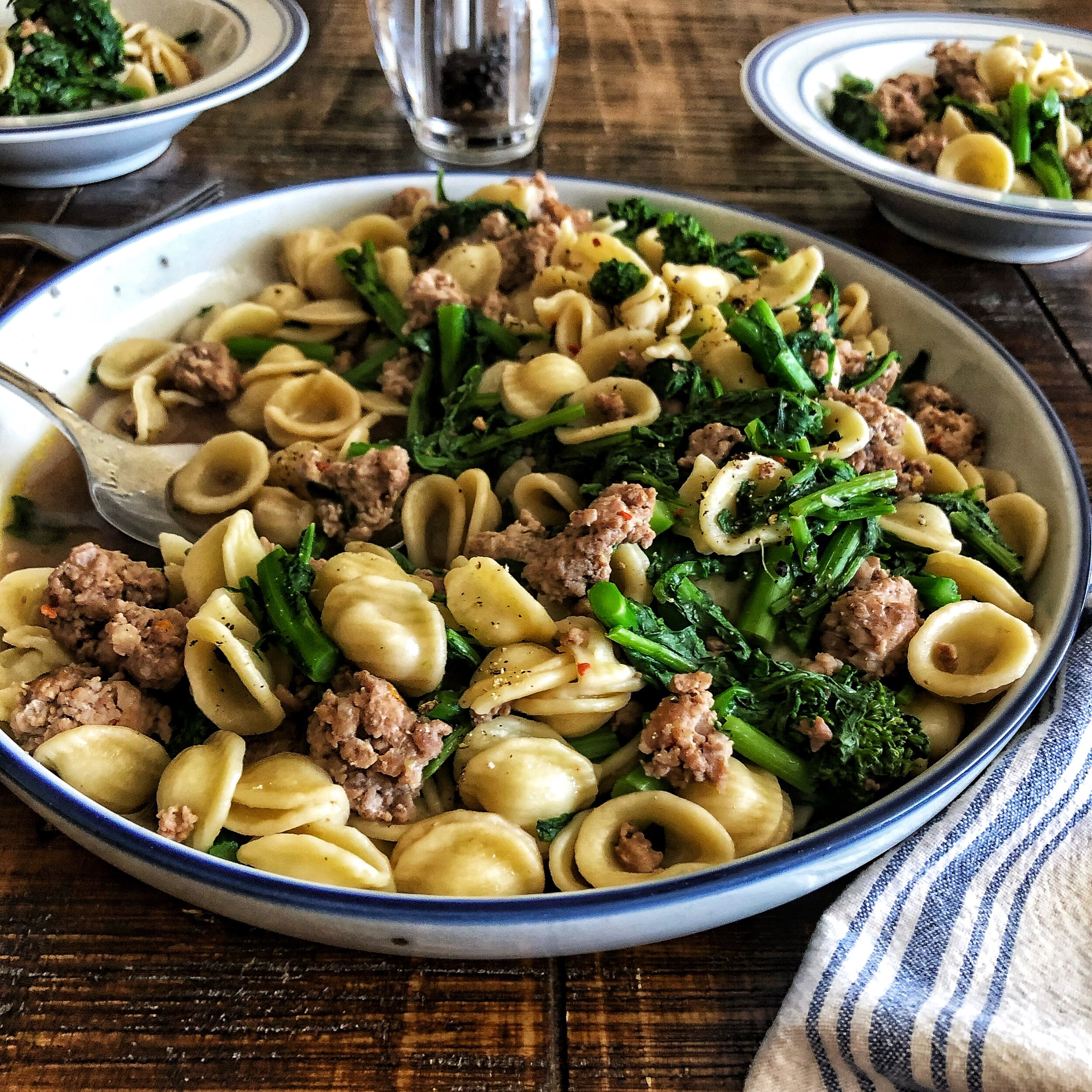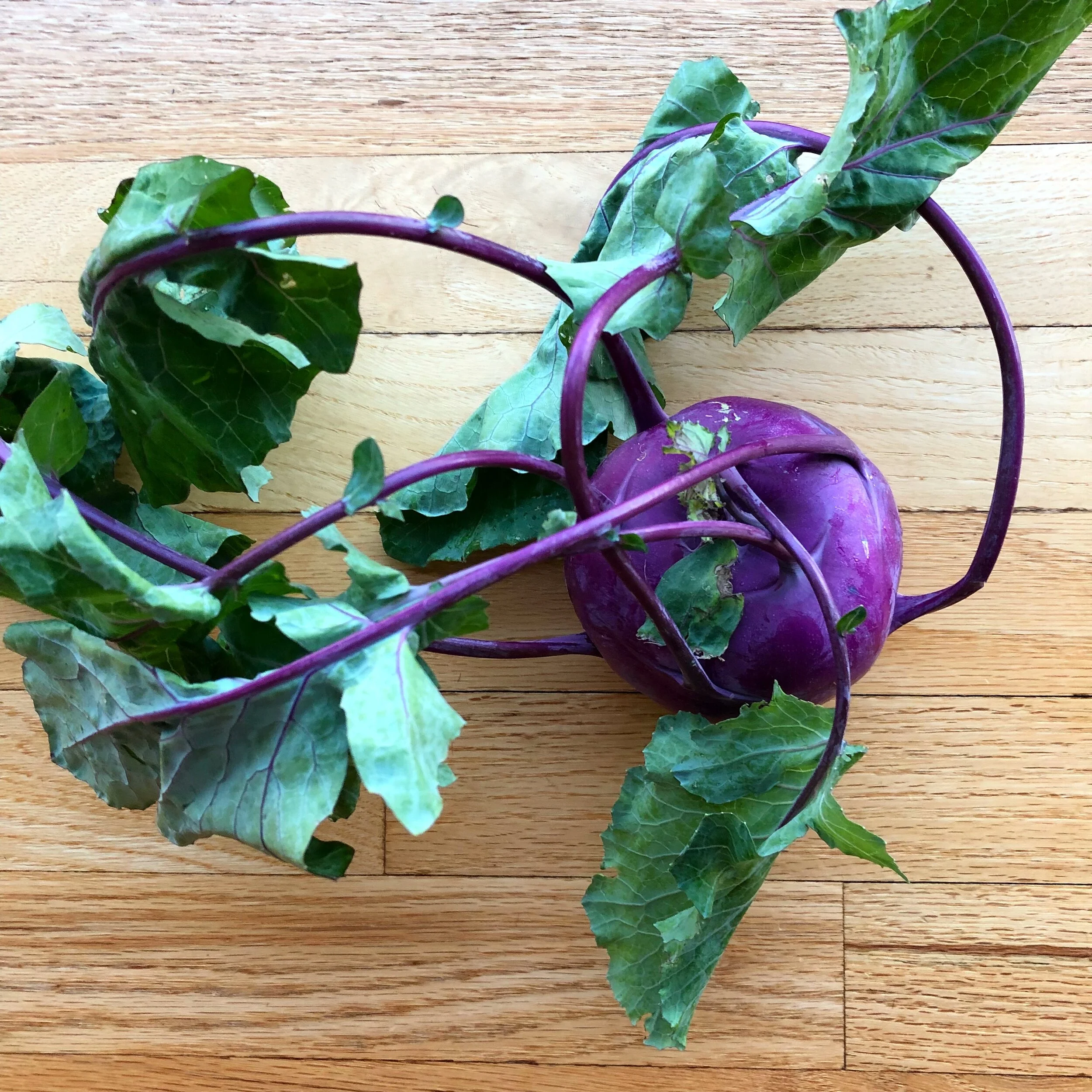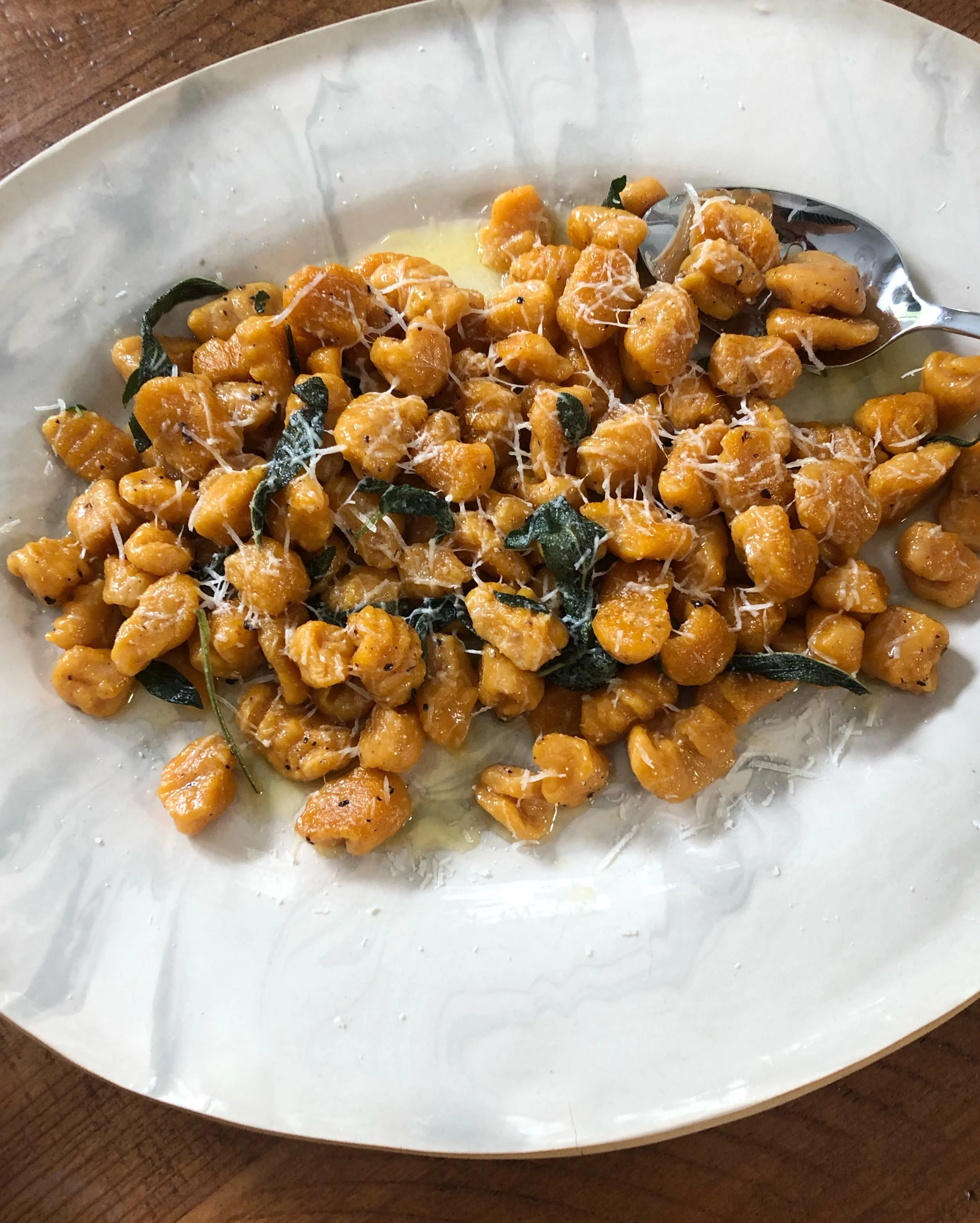I’ve been making this bisque for so long that I’ve since forgotten my initial inspiration for pairing mole sauce with pumpkin. It’s possible it was unintentional, putting Pumpkin Mole Bisque in the company of genius accidental inventions like post-it notes, penicillin and play doh. More likely, however, the seasonal alignment and compatible flavor profiles of pumpkin and mole sung to me when I discovered both stashed in my freezer.
This Oaxacan-influenced mole is sweet with spices — cinnamon, allspice and cloves — normally found in pumpkin pie spice. But it’s also smoky from the dried chili peppers (I use ancho, guajillo and pasilla) and cumin seeds. If you’re making the mole from scratch, you’ll still have enough remaining after your pot of bisque for a meal of enchiladas, as well as some to store in your freezer. If you have an already prepared batch of mole (like the jar you froze after last May’s Margaritas & Mole class or paste you bought at a specialty market), this rich and decadent bisque comes together simply with just 5 plant-based ingredients. Simmer the whole roasted pumpkin flesh with coconut milk, vegetable broth and the smoky mole sauce. Blend this in your high speed blender (I use a Vitamix) to ensure silky smooth results. Top with a dollop of plain yogurt, coconut cream or sour cream and toasted pepitas and sesame seeds.
Pumpkin Mole Bisque
Yield: 18 cups or about twelve 12-ounce portions
What You Need:
2 cups of mole sauce (about half of recipe below)
1 medium pie or sugar pumpkin, or kabocha or buttercup squash
1 teaspoon salt, divided
4-5 cups water or vegetable stock or combination
one 15-ounce can coconut milk
2 tablespoons maple syrup, optional
For complete instructions on how to roast a whole pumpkin and other ideas for how to use the flesh, see Possibilities for Fresh Pumpkin Purée.
What You Do:
Preheat the oven to 400 degrees. Cut off the stem of the pumpkin and then slice in half from top to bottom. Scoop out the seeds and set aside. (You can use the fresh pumpkin seeds in addition to or in place of pepitas for the mole sauce or garnish.)
Sprinkle salt on the cut side of the pumpkin, then place the pumpkin halves cut side down onto a parchment-lined baking sheet. Bake until pumpkin flesh is soft and scoopable, about 45 minutes.
While the pumpkin is roasting, make the mole sauce. See recipe below.
Remove pumpkin from the oven and let it cool for about 5 minutes. Scoop flesh from the pumpkin and discard the skin.
To a large soup pot, add the mole sauce, scooped pumpkin flesh, 4 cups water or vegetable stock, coconut milk, and ½ teaspoon salt. Bring to a simmer, breaking up the pieces of pumpkin. Simmer for 15 minutes or until the pumpkin is very soft.
Transfer in batches to a high speed blender and blend on high speed until smooth and creamy. Alternatively, use an immersion blender and blend until soup is consistently smooth and creamy.
Transfer back to the pot, and add salt and maple syrup to taste. Serve or simmer on very low heat for up to 1 hour longer.
Serve with a dollop of plain yogurt, sour cream, or coconut cream and toasted sesame seeds and pepitas, if desired.
Mole Sauce
Yield: about 4 cups
What You Need:
3-5 whole dried ancho chili peppers, stems removed*
3-5 whole dried guajillo chili peppers, stems removed*
3-5 whole dried pasilla chili peppers, stems removed*
½ cup raisins
3 tablespoons raw almonds
¼ cup raw pepitas
¼ cup sesame seeds
2 whole star anise
2 cinnamon sticks
6 allspice berries
1 tablespoon black peppercorns
10 whole cloves
1 tablespoon cumin seeds
1 tablespoon coriander seeds
4 tablespoons canola oil, divided
1 large onion, chopped
1 stalk rhubarb, chopped**
¼ teaspoon salt, plus more to taste
4 cloves garlic, peeled and smashed
1½ cups chopped fresh tomatoes or canned chopped tomatoes or tomato puree
2-4 ounces Mexican or Icelandic chocolate, chopped
1-2 cups vegetable stock or water as needed
*for a milder sauce, remove the seeds as well as the stem
**if fresh rhubarb is unavailable, use 3-4 small fresh tomatillos, husks removed or 2 tablespoons dried rhubarb pieces. When using dried rhubarb, add it to the soaking liquid with the raisins.
What You Do:
In a dry skillet, toast the dried chili peppers over medium heat, for about 1 minute per side. Transfer the chili peppers to a bowl and cover with hot (just boiled) water. Add the raisins. Cover and allow to soak for 20-30 minutes.
In the same cleaned out skillet, over medium high heat, toast the almonds for 1-2 minutes. Remove and set aside. In the same skillet, toast the pepitas and sesame seeds for 30-60 seconds. Shake or stir the pan frequently to prevent burning. Transfer to a plate or piece of parchment to cool. Set aside with the almonds. Reserve about a teaspoon each of sesame seeds and pepitas for garnish.
In the same cleaned out skillet, over medium heat, toast the star anise, cinnamon stick, allspice berries and peppercorns for 1-2 minutes on medium-high heat, until fragrant. Add the whole cloves, then cumin seeds and coriander seeds and toast for another 30-60 seconds or just until fragrant. Shake or stir the pan frequently to prevent burning. Transfer to a plate or piece of parchment to cool. Once cool to touch, grind the toasted spices in a spice grinder or mortar and pestle.
Wipe out the skillet and add 2-3 tablespoons of oil. Add the onion, rhubarb or tomatillos, and about ⅛ teaspoon of salt. Sauté until lightly browned. Add the garlic and sauté a minute longer. Add the ground spices and sauté about 1 minute until fragrant, Add the tomatoes plus another ⅛ teaspoon of salt and cook until reduced, about 5 minutes. Transfer to a blender.
Strain the chili peppers and raisins. Do NOT DISCARD the liquid.
To the blender, add the toasted almonds, pepitas and sesame seeds, drained chili peppers and raisins, and blend with the onion and tomato mixture until smooth. Add strained liquid from chili peppers and raisins as needed to thin the sauce to the consistency of spaghetti sauce or to add heat. Taste and add salt as needed.
Add the chocolate and puree until smooth. If needed, return to the heat and simmer until the chocolate has melted. Add stock or water 1 cup at a time if the sauce is too thick. Optional: transfer back to a blender or blend with an immersion blender to get a smoother sauce. Taste and add salt if desired.
At this point, you can reserve unused sauce for another use. Store in freezer-safe containers for up to 6 months.
photography in this post by The Copper Spoon Collective

